Brick Lane is famous for its vintage boutiques, vibrant street art and bagel shops, which command long lines around the clock.
Yet it is also a stronghold of the UK’s Bangladeshi community and has even been renamed “Banglatown” by the local council, the title emblazoned in Bengali on the south entrance to the east London enclave. .
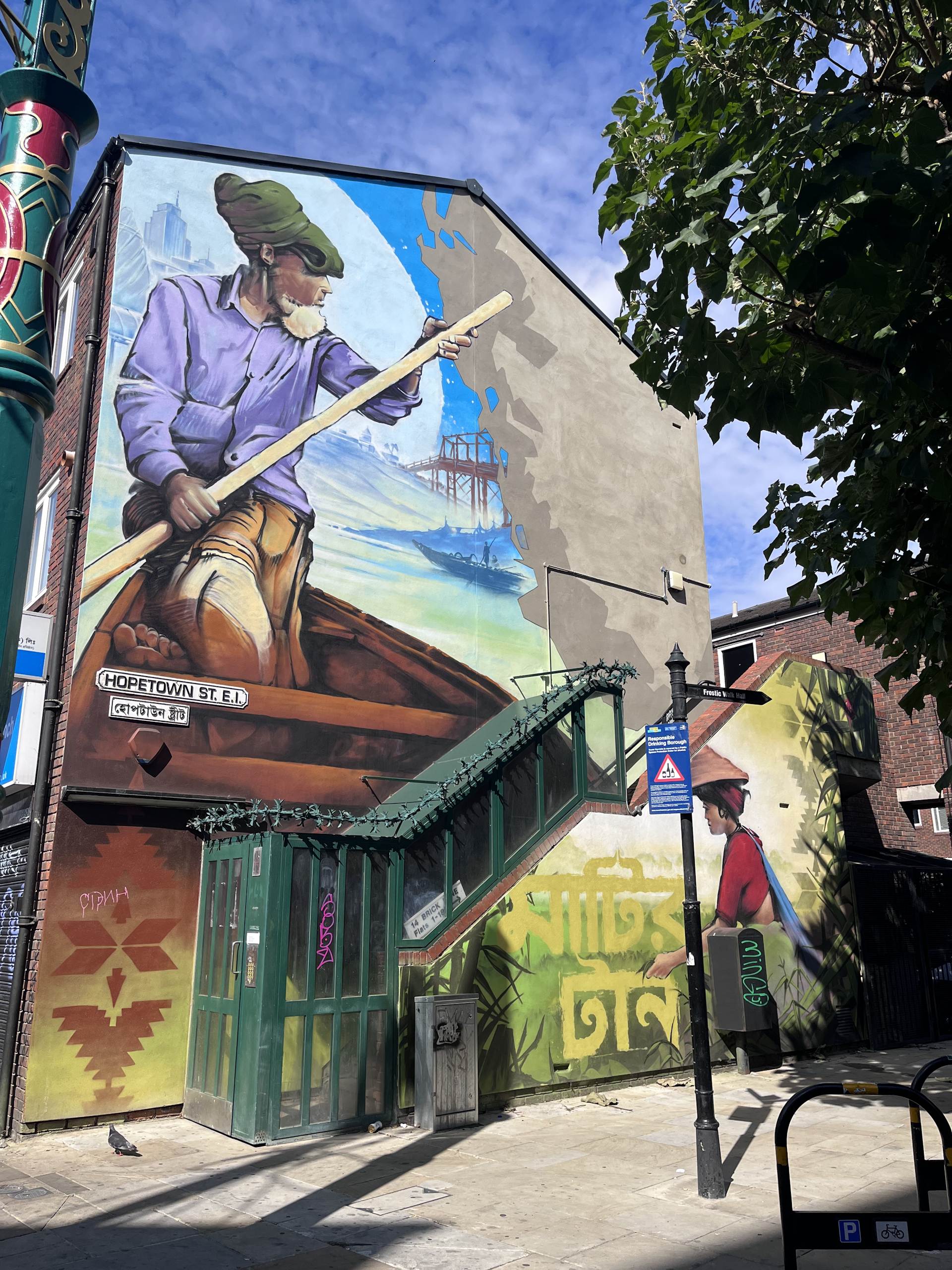
Beneath the English signs along the road, plaques bear the Bengali names of each street, while the lampposts are painted with the colors of the Bangladeshi flag in green and red. The Bangla Town Archway stands next to a mural of Muhammad Ali Aerosol commemorating the 50th anniversary of Bangladesh’s independence last year and highlights the close connection between London and Sylhet, a city in northeastern Bangladesh.
13 must-do things in London
Between specialty coffee shops, trendy second-hand stores and luxury developments, Bangla Town has made its mark. Tharak Hussain, a writer who worked on Lonely Planet’s New Experience London Guidegrew up near Brick Lane and emphasized the distinctiveness of the Bangladeshi people living here.
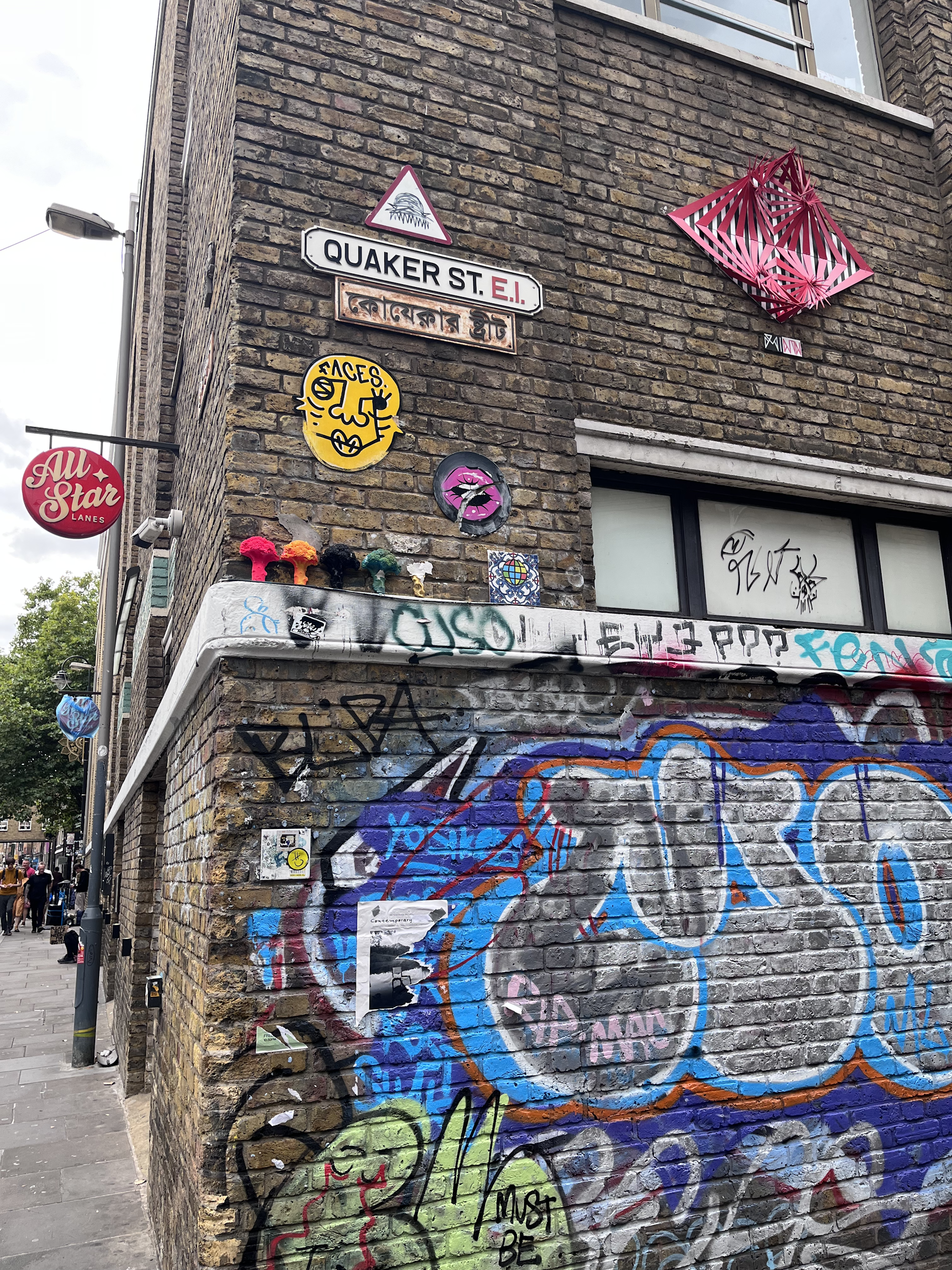
Tracing the areas of Bangladesh in Brick Lane
“The community is not just Bangladeshi, they are actually from a very different corner of Bangladesh, the Sylhet region,” he says, explaining that he came to East London in the 1960s, where he found work in Jewish-owned textiles. found Factories around Brick Lane
The Sylhetis speak their own language, Sylheti, which you’ll often hear in Brooklyn’s Indian restaurants—so-called, Hussain notes, because “Bangladesh was either not born when the restaurants were being built, or someone Didn’t know what Bangladeshi food was.”
“The British Raj had a romantic attachment to Indian food, but it wasn’t really Indian food – it was this kind of English version of Indian food. Something like chicken tikka masala was completely made up,” he says. .
The 10 Best Parks in London
Chicken Tikka Masala: “A British National Dish”
While the community is proud of its culinary success—even chicken tikka masala, which the UK’s then-Foreign Secretary Robin Cook called “a true British national dish” in 2001—there has been a push for more authentic Bangladeshi cuisine. The giving movement is growing. Hussain observes that the rise of such eateries parallels the rise of Indian restaurants after World War II, when kitchens served traditional home-style food to newly arrived immigrants.
“Food is one of the key ways we connect to our identity and heritage, and for British Bangladeshis, it is an important part of our identity, particularly our impact on the culinary scene in this country. That’s right, we’re proud of it, but it’s not our food, so let’s put our food on the table and see where it goes.”
Those early restaurants offered a taste of home to workers, but today’s kitchens cater to second and third generations, who may not know how to cook or have never tried it before.
“It’s an emotional connection to the motherland that (the new generation) is moving away from, not only geographically, but also from an identity point of view. Many of them are passionate about the motherland, and Brooklyn’s From a perspective, these Sylhets are reclaiming the place,” explains Hussain.
How to get around London: from tubes and trains to bikes and buses
Finding common ground in sharing cultures
In 2007, Tower Hamlets Council designated Brick Lane a tourist area with a “creative and cultural attraction”. Amid soaring rents and flashy makeovers of Brooklyn’s historic buildings, local businesses and residents have grown concerned that the neighborhood is being stripped of its unique character. According to a report by the Runnymede Trust, between 2010 and 2016 the borough had the most gentrification in London. Hussain, however, is optimistic about the relationship between the Bangladeshi community and the newcomers.
“Those tensions are slowly starting to find a middle ground. It’s our way of saying: This is our space, too. We’re happy to share it, but this is our space,” he notes. “We’re also saying we can be proud of our food, not just the food we’ve made for tourists.”
Top neighborhoods to explore in London
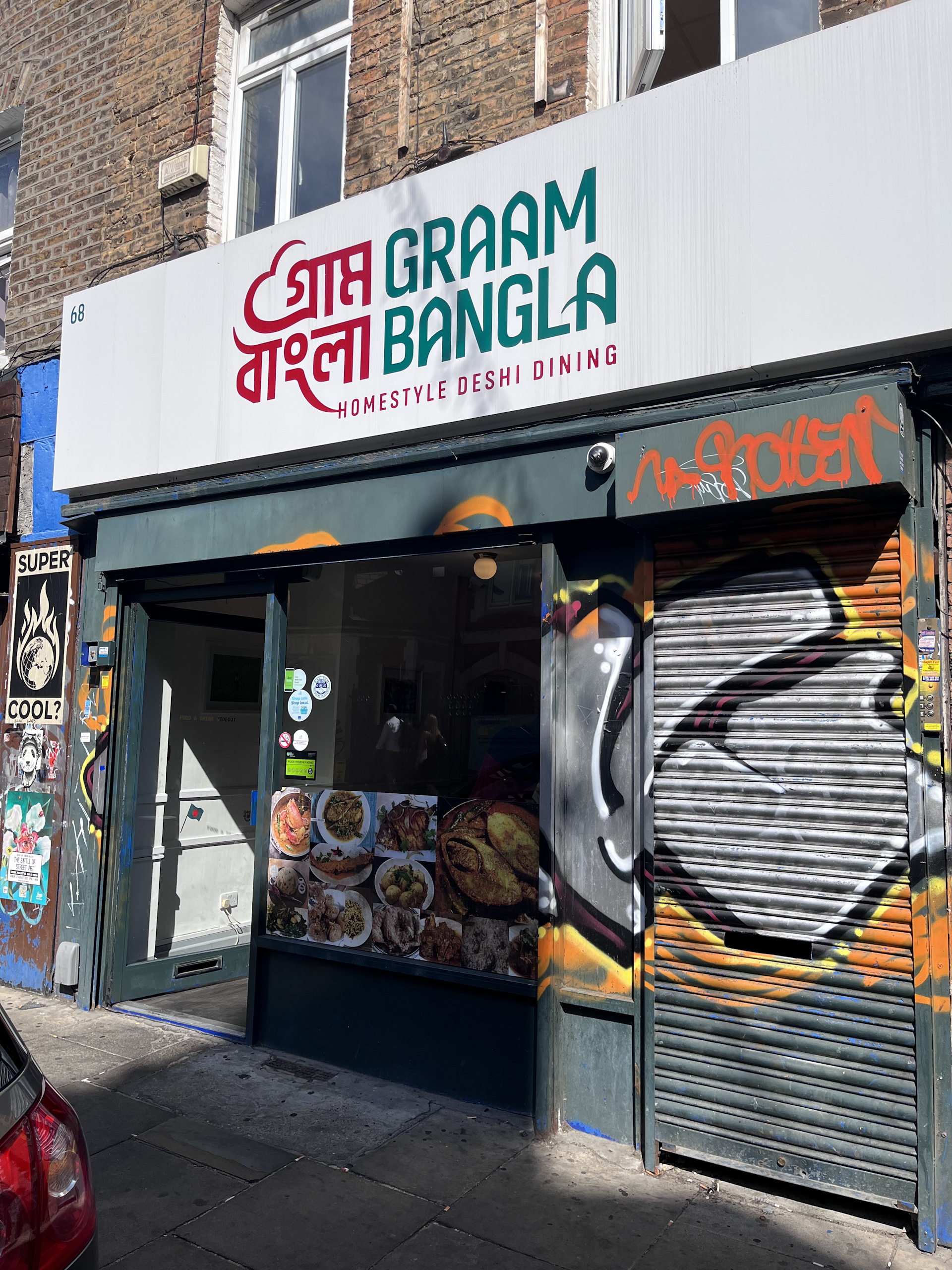
Hussain’s favorite Brooklyn restaurant and what to order.
No doubt the pride is well-placed—Hussain’s favorite restaurant in the middle of Brooklyn is Gram Bangla, which chef Atiqur Rahman explains means “my village.” Rahman is a famous TV chef, and warmly welcomes guests, encouraging us to be adventurous and “eat with your hands because fish have bones!”
Hussain explains that it is not. Dishom: The menu is full of dishes unique to Sylhet and the North-Eastern region, such that you cannot find them in other parts of Bangladesh, let alone the UK. Some contain ingredients you may not have heard of, eg ShatkoraA sour fruit with a thick peel and a bitter taste.
When Rahman asserts an adventurous appetite, he’s not kidding: the chefs are generous with whole chilies, and although Rahman has adapted the dishes somewhat for his growing market, Hussain warned that “fish looks like fish.” “As with many such rustic cuisines, you don’t waste anything,” he notes.
20 of the best free things to do in London
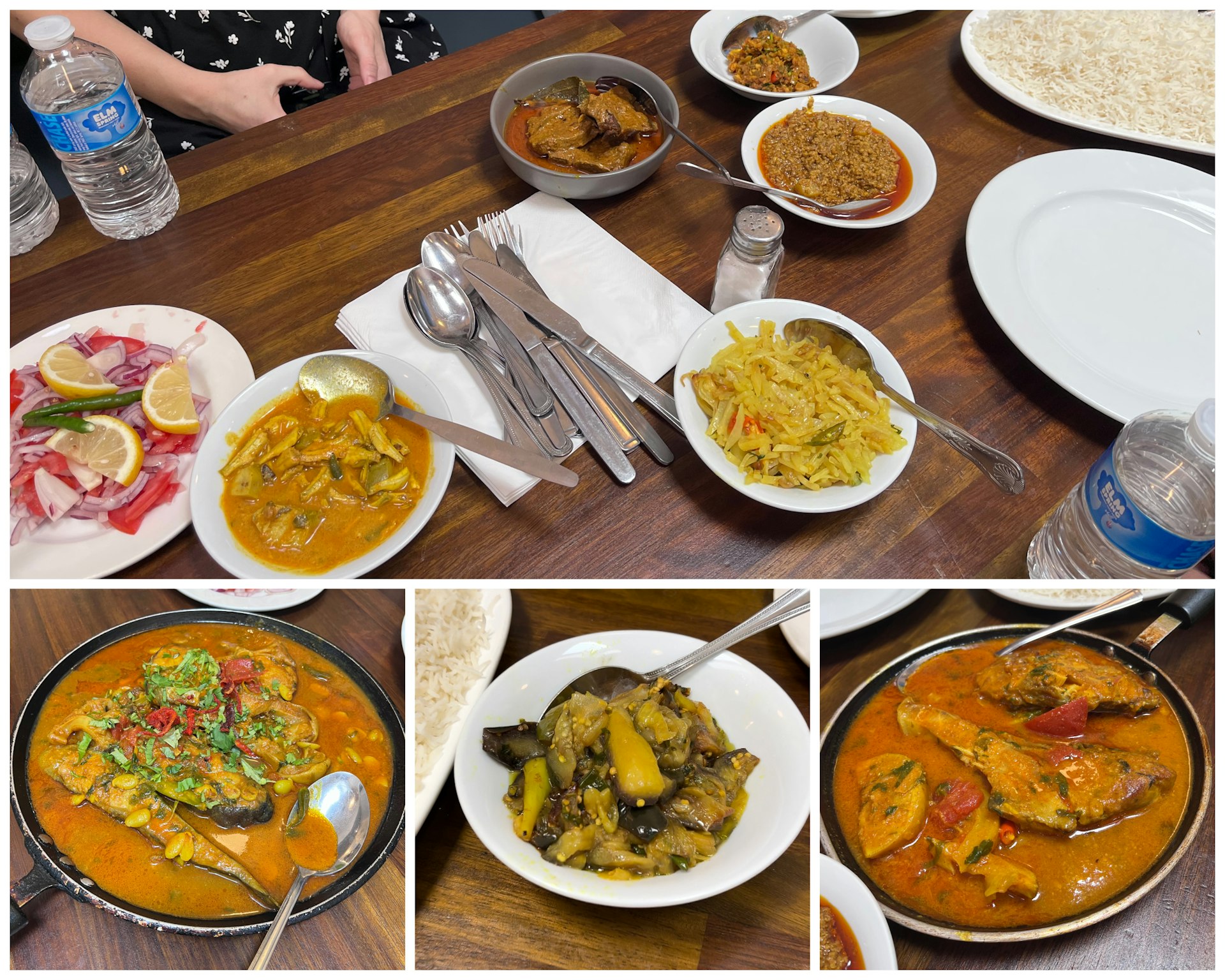
Fish dishes are Silhti dishes, like daldar boal maas Catfish curry or spicy broth is made with mashed potatoes, fermented fish and pure mustard oil. There are also delicious lamb chops in a curry sauce, with mouth-watering flavors Start (eggplant) and Minced potatoesA flavorful dish of minced meat and potatoes.
“See it’s a ‘mum recipe’ – that’s exactly what you can get in Bangladesh. If you ask for chicken tikka masala, they’ll say ‘what’s that?’ These are the authentic recipes of our mothers that we follow,” says Rehman. As Hussain says, “The rest of us either ask our mothers to teach us or come here.”
Beyond Great Food: Highlights of the Region
The restaurant zone is a major draw for the area, yet Bangla Town has more than its curries. Hussain pointed out. Brooklyn MosqueIn what he calls the country’s “hippest minaret,” a 29-meter-tall landmark features color-changing LED lights. “It has North African geometric patterns, but at night, like a lava lamp, it glows all different colors. I’ve never seen a tower like it!” Hussain says. , so I guess it’s only fitting.”
It is also Kobe Nazar CentreA cultural center named after the rebel poet. Since the 1980s, it has supported local Bengali arts and today hosts a variety of exhibitions, plays and heritage projects.
The best short breaks from London are just two hours by train.
For a quick bite, there’s the Sunday Up Market, which Hussain writes has the largest selection of halal food stalls in London, and outside, you can wander the flea market, which Hussain remembers as Brick Lane. I was an important source for the first generation of Bangladeshis. “It was very much something that my community relied on, because when they first arrived, these men had almost no money,” he says.
While celebrating the historical, cultural and culinary contributions of Bangladeshis to the region, Bangla Town commemorates the suffering the community endured. A few minutes from the entrance you will find. Tab Ali ParkIt is named after a 25-year-old Sylhet textile worker who was murdered by racists in 1978, and whose death sparked a movement in the community to fight against the fascists.
Top tips for first-time visitors to London
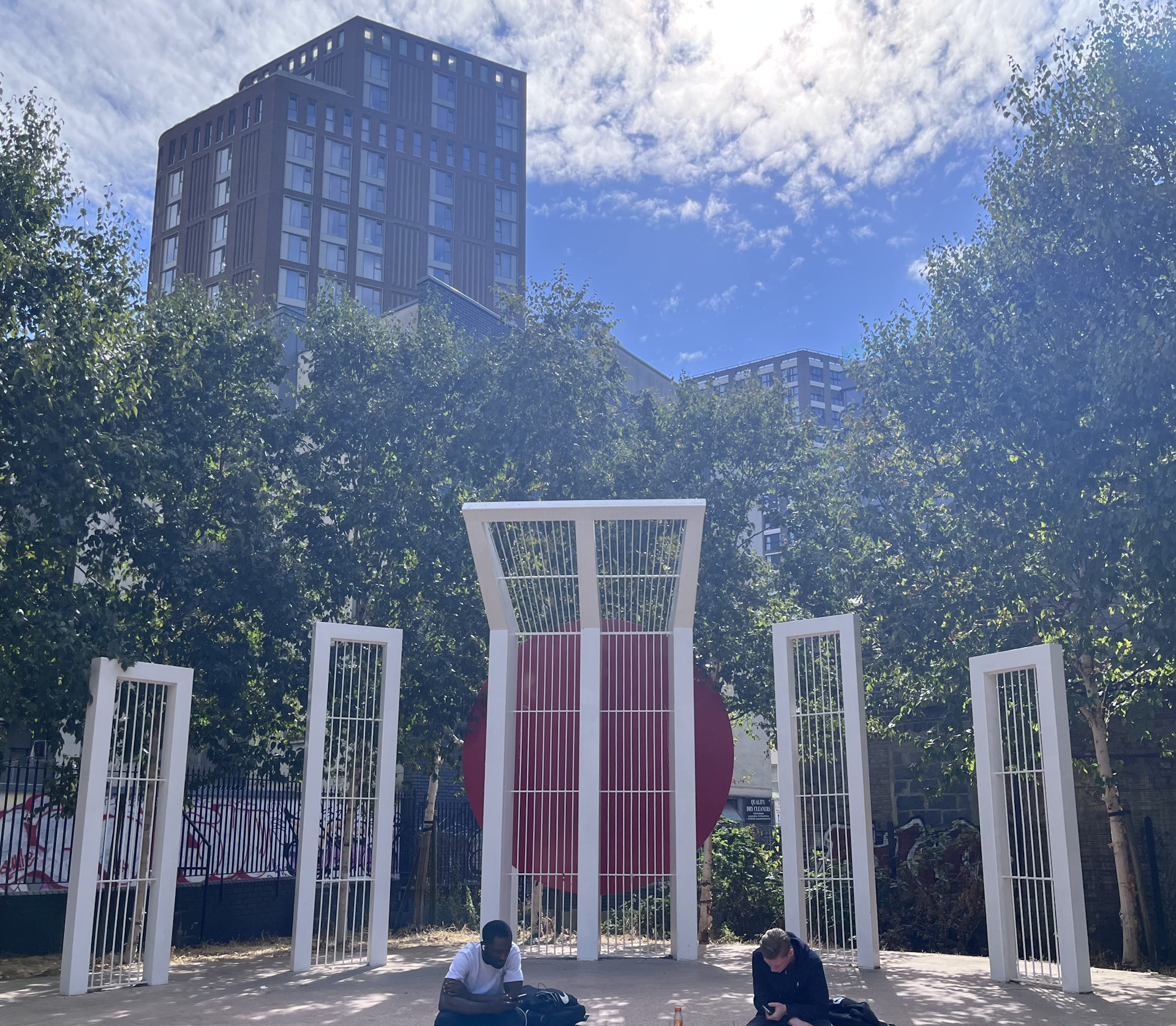
The park features a replica of a monument in Dhaka known as the Shaheed Minar or Martyrs’ Monument, a striking abstract representation of a mother surrounded by her fallen sons, a red dot in front of her. Reminiscent of the flag of Bangladesh and symbolizes the blood of a martyr. The original was built in 1971 to commemorate the lives lost during the War of Independence.
“It’s built here to honor Altab Ali, but it also gives us a place where we can come locally to commemorate Independence Day and remember the fallen,” Hussain explains. Tells.
All this is part of the rich heritage that Bangla Town is dedicated to honoring and preserving. After the council’s recognition, Hussain hopes that Brooklyn will become one of the many bungalow towns in urban districts around the world. “Because it’s now officially recognized, I think over time, you’ll see it become a theme, the way we see Chinatown as a theme around the world. “
Secret London: 9 unusual places hidden in the city
